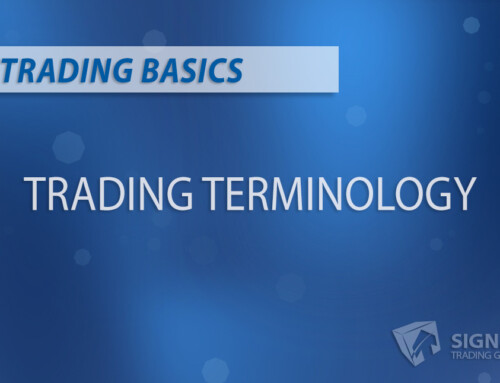The General Principles of a Percent Risk Model
When trading in futures markets, assessing and managing risks is the key to success. One of the prominent risk management models traders use is the Percent Risk Model. In this blog post, we will explore the Percent Risk Model, how it functions, and how you can apply it to your trading strategy to minimize risks and maximize returns.
What is the Percent Risk Model?
The Percent Risk Model is a risk management strategy for the futures market. It enables traders to identify the optimal position size for their trades by calculating the percentage of their trading capital at risk for a given trade. By identifying and managing risks, the Percent Risk Model helps traders make informed decisions and limits the chances of potential losses.
How Does the Percent Risk Model Work?
The Percent Risk Model calculates the position size of assets by considering the amount of trading capital at risk on each trade. Here’s how the model functions:
- First, the trader selects a percentage of their total capital that they’re willing to risk for a given trade. This risk percentage can vary depending on the trader’s preference and risk tolerance.
- The trader then identifies a stop-loss level or a specific price at which they will exit the position should the market move against their trade.
- The trader can compute the risk per contract by considering the difference between the entry price and the stop-loss level.
- Next, the trader divides the total monetary risk (equal to the risk percentage multiplied by the trading capital) by the risk per contract. This gives them the optimal position size or the number of contracts they should ideally trade.
Applying the Percent Risk Model
Let’s assume that a trader has a trading capital of $50,000 and decides to risk 2% of their total capital on a single trade. Here’s how they would apply the Percent Risk Model:
- The trader identifies a futures contract they want to trade and selects an entry price, say $1,000 per contract.
- They then determine a stop-loss level, for example, $950 per contract.
- The risk per contract would be $50 ($1,000 – $950).
- To calculate the total monetary risk, they multiply their trading capital by the selected risk percentage: $50,000 * 2% = $1,000.
- Finally, the trader divides the total monetary risk by the risk per contract to compute the optimal position size: $1,000 / $50 = 20 contracts.
Following the Percent Risk Model, our hypothetical trader trades 20 contracts, ensuring they do not risk more than 2% of their total capital.
Importance of the Percent Risk Model in Risk Management
The Percent Risk Model is highly significant in risk management for the following reasons:
- It allows traders to manage their risks effectively by identifying the ideal position size for their trades.
- The model prevents traders from over-leveraging their accounts, which can lead to devastating losses.
- The model accounts for market volatility and fluctuations by considering the stop-loss level.
- The model encourages traders to prioritize risk management rather than just chasing profits.
Final Thoughts and Recommendations
Risk management is a crucial aspect of trading in the futures markets. The Percent Risk Model provides an effective and easily implementable way to assess and manage your trading risks. However, it is essential to remember that risk management isn’t just about limiting losses and maximizing returns. As such, traders should strive for a balance between the two to achieve their trading goals. Moreover, it would be prudent to use other risk management tools like portfolio diversification and protective stop orders in conjunction with the Percent Risk Model to ensure optimal risk management.





